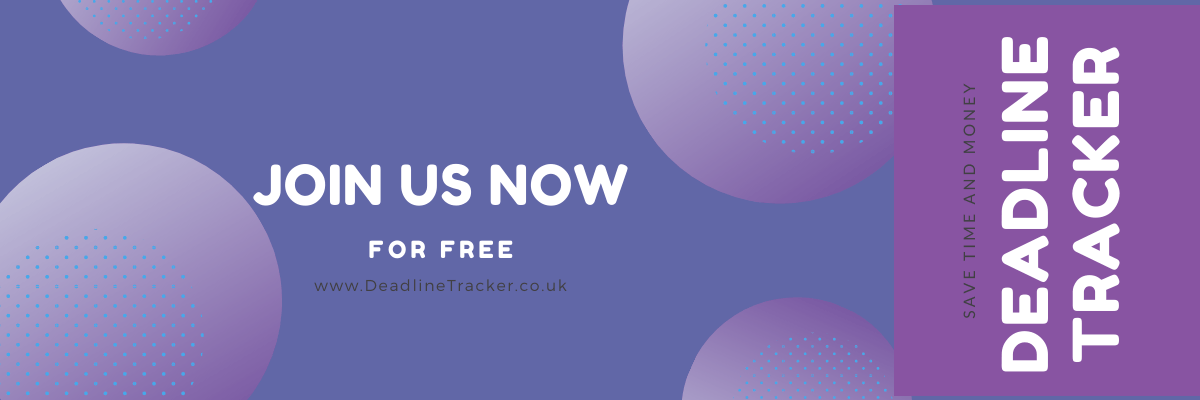6 Tips For Accountants To Help You Write Great Emails To Your Clients
1. Be friendly, but not too much
As an accountant it’s important to have some sort of relationship, albeit professional, with your clients. It keeps them loyal because it shows you care about their life beyond their books. That said, not everybody appreciates a “flowery” email and too much detail might come across as a bit forward, so balance is the key here.
The trick is to adapt your tone to suit each client. This might sound like a lot of work but really it’s something you do everyday without thinking about it. The way you speak to your boss is probably a world apart from how you speak to your mum, or the parcel delivery person, for example.
Try to remember one thing about each of your clients; perhaps they’re building a new extension on their kitchen, or their child just started a new school. A simple note on your client’s profile as a prompt can help with this. And all it takes is a nod to this event and your client will really appreciate this extra thought. A little really does go a long way.
EXAMPLE:
Hello James,
Hope things are well, if memory serves your extension should be finished soon?
Back to business, I notice that your year end tax deadline…….
It’s professional, but also shows a human touch too. Your clients will really value this and you will come across as caring and approachable. Someone they want to stick with.
2. Emails are not letters
People are super busy these days. Everyone is juggling about seven things at once. What nobody needs is a War and Peace length email - just tell people what they NEED to know and they rest can be done as a follow up. Get their attention and get them on side first.
It’s good to remember the inverted triangle principle of putting important things at the top, not tucked away at the end or in the PS. They will get missed.
So whilst leaping straight into the important stuff may come across as aggressive, using the warm and friendly intro as mentioned in point #1 will help take the edge off.
EXAMPLE:
Hello Murad,
Hope your business trip to Turkey was fruitful.
There’s a couple of things that I need to draw to your attention to urgently, I have listed them below but let’s schedule a call this week so I can take you through them?
- Have you paid your corporation tax? The deadline is XX
- Example 2
- Example 3
3. Try not to cover too much in one email
Whilst it’s tempting to lump everything on your list into one email, this can be confusing and overwhelming to people who don’t work in our industry. Instead carve up the list into different subjects and send emails that address each area separately.
We’re not saying that it’s never appropriate to cover more than one topic in one email - you know your client and the history better than anyone. But if the email is starting to get too broad, consider splitting it into smaller topic based (or deadline based) emails that get sent to the client at staggered dates. This way the recipient won’t feel swamped.
There is also a risk that emails with too much information in them can make the sender (you) look sloppy, as if you have left all the information until the last minute. A drip feed approach is a good way to avoid either scenario.
4. Avoid copy / paste or template emails
You can tell if an email you’ve received is generic. Even if the algorithm has added your first name at the top, you can just sense it and so can your clients.
Sometimes a big generic newsletter send out is the right decision, such as announcing company news to your subscribers. But that example aside, if you’re asking your clients for something, try and draft an email that is specific for them.
Using a template as a starting point is a great way to be more efficient with your time and ensure that important information isn’t lost or incorrectly communicated. But think about how you are topping and tailing that communication. Is there something in the template this is irrelevant to them? Delete it.
If you want your recipient to read it all, it has to feel like you’re speaking directly to them or they may skim or even delete without opening.
5. Close the loop
So once you’ve said all you have to say, how are you going to end this email? Wish them a pleasant weekend? Well yes, possibly. But if you really want to get a reply to your email you need to close the loop. What does this mean?
EXAMPLE 1:
“Thanks for taking a look at the attached. As soon as you let me know the final figure I can tell you the amount left to pay.”
You’re telling your reader what they need to do, and what you can achieve once they have completed their part. This is also a good moment to mention a deadline if there is one.
EXAMPLE 2:
“Thanks for taking a look at the attached. Please can you let me know the final figure by 30th April and I can tell you the amount left to pay by 10th May.”
6. Maximise your subject line
I’ve written this part at the end of the blog deliberately. Just because your subject line is at the top doesn’t mean you need to fill it in first. Often it’s easier to go back and fill in your subject line once your email is written and you know what it is you’re trying to say.
The subject line is usually the part you think about the least, but it’s the bit that your client will see first, so it’s worth giving your subject line a bit of love. If you use the recipient's name in the subject they are more likely to open your email, so that’s worth a try.
It’s also a good idea to ask a question in the subject line so even before opening the email your reader knows what’s expected of them. It will help them have the right mindset when reading your main message contained within the body of the email. Set them up for a win.
EXAMPLE:
To: Maria
Subject: Can you look at this invoice and let me know if it’s what we agreed?
It’s long, yes, but without opening your email, Maria is totally ready for the task you need her to do. Worst case, she puts a flag on it and comes back to it later because she knows she’s going to have to cross reference with her records. But it’s on her radar and that’s a step ahead for you.
Summary
As mentioned at the top, you know your clients the best and know the tone of voice they will respond to. If they are an older, established solicitor, or a younger coffee shop proprietor, the language you use will vary.
But hopefully some of these tips will help you get the most out of your email communications by minimising chasing your clients and growing your business relationships instead.
Deadline Tracking Software for Busy Bees...
Deadline Tracker allows UK accountants to organise, prioritise and track all of your deadlines in a single, easy-to-use system. Do away with complex spreadsheets and eliminate calendar overwhelm with Deadline Tracker's customisable alerts, easy filtering of tasks, and intuitive, single dashboard setup.








